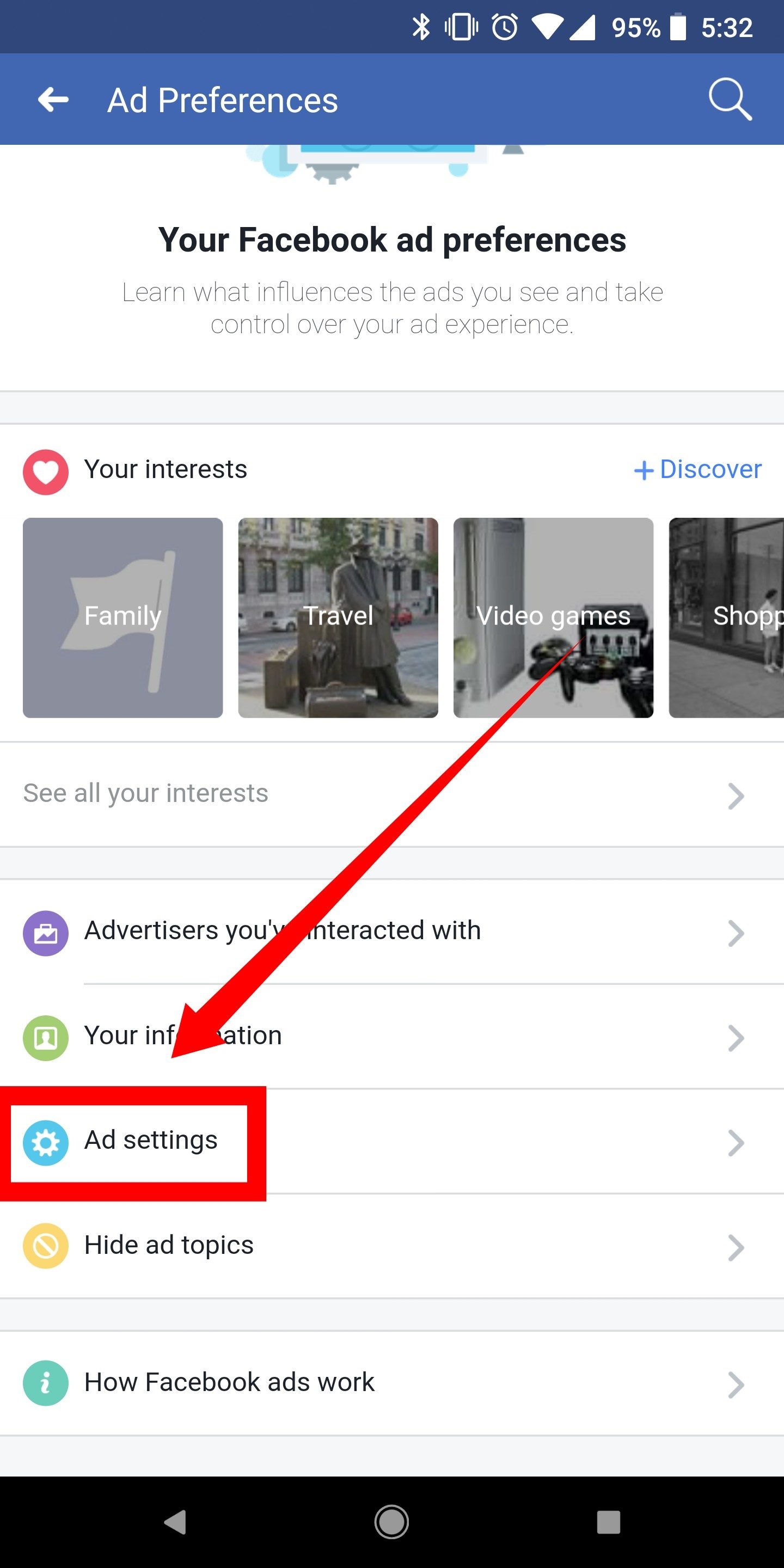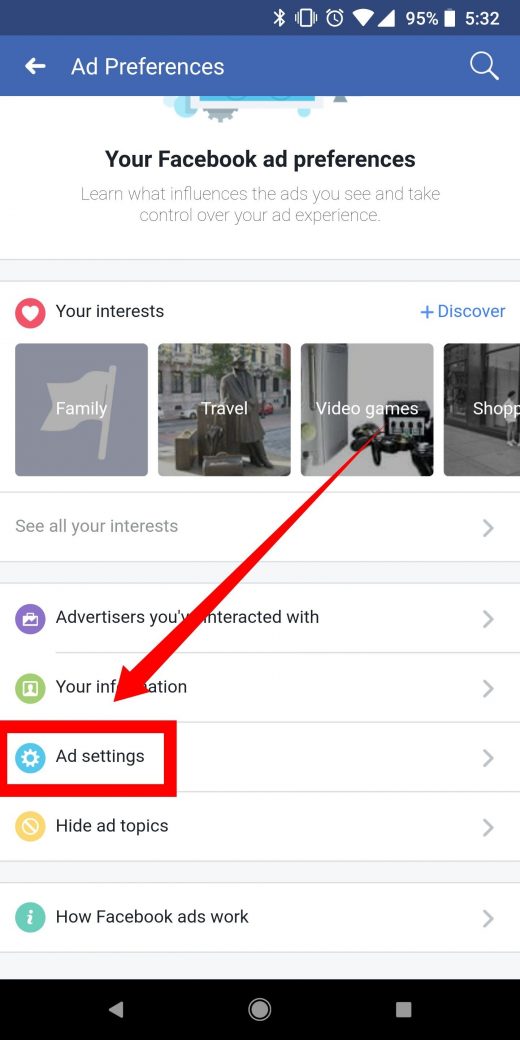Changes To How Facebook Lets Users Opt Out Of Targeted Ads
Changes To How Facebook Lets Users Opt Out Of Targeted Ads

Facebook made two changes to its platform last week. One gives more reasons for why the platform served you an ad. The other allows you to opt out from seeing it.
Similar to Google, Facebook about four years ago introduced a tool “Why am I seeing this ad?” and Ad Preferences to provide greater transparency and control to users of the platform. Changes were made earlier this year, but members said those changes were not enough.
Last week, Facebook made two additional changes to address concerns.
Facebook Product Manager Sreethu Thulasi outlined the changes in a blog post. He explained that the move was in response to feedback from users, who found the old system difficult to understand and to navigate.
“Why am I seeing this ad?” in the past highlighted one or two of the most relevant reasons, such as demographic information or that someone may have visited a website. Facebook is no longer using those targeting parameters for some market segments.
The December 2018 Audit Update identified some changes Facebook had made to its advertising system, such as removing thousands of targeting terms that could be perceived as describing users’ race, color, national origin, sexual orientation, veteran or military status, or disability status.
Facebook will now focus on interests or categories that match the person with a specific ad. And Facebook will make it more clear where the information came, from such as a website that the person may have visited or a page they liked.
The social network has also updated its Ad Preferences to show users more about businesses that upload lists with their information, such as an email address or phone number.
A tab with two sections will highlight the advertisers who upload a list with the information and target your ads. For example, a fitness studio that uploaded a list of client emails and used the list to target ads would serve up in this section.
There’s also a list for businesses that have uploaded and shared member information. This section aims to help people understand the third parties and businesses that have uploaded and shared lists with shared information on Facebook.
Facebook said it will use triggers such as liking a page, clicking on a post or ad, devices used to access Facebook, age, gender and location, email address and other similar information, and activity on websites and apps off of Facebook, according to the company’s website.
(27)


